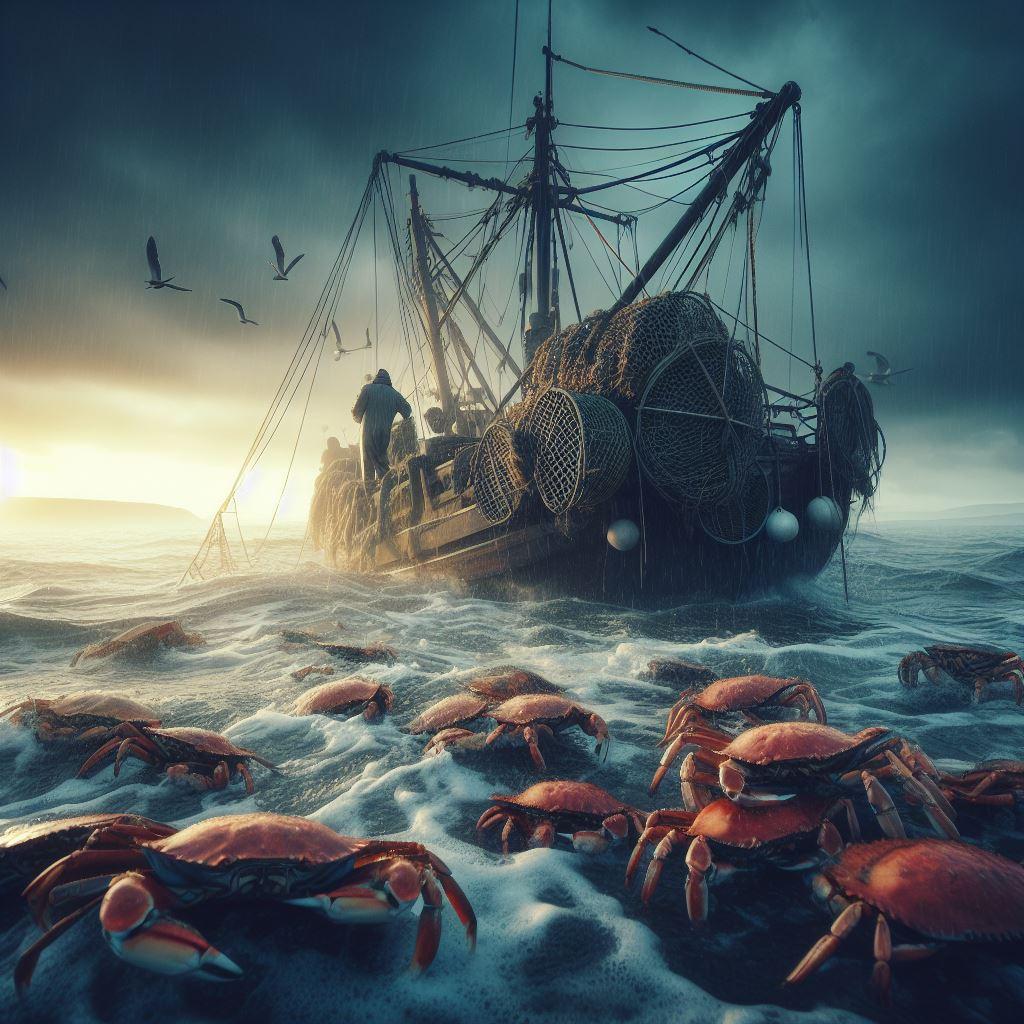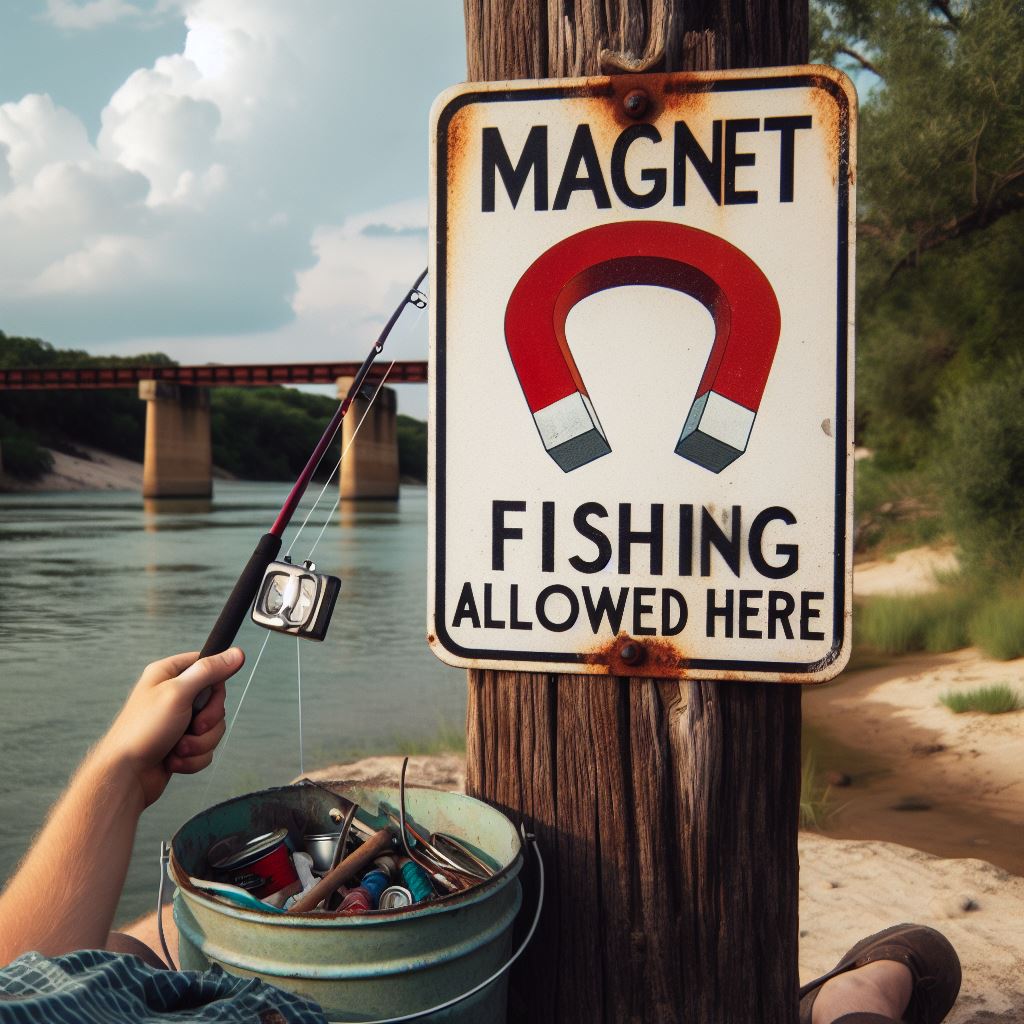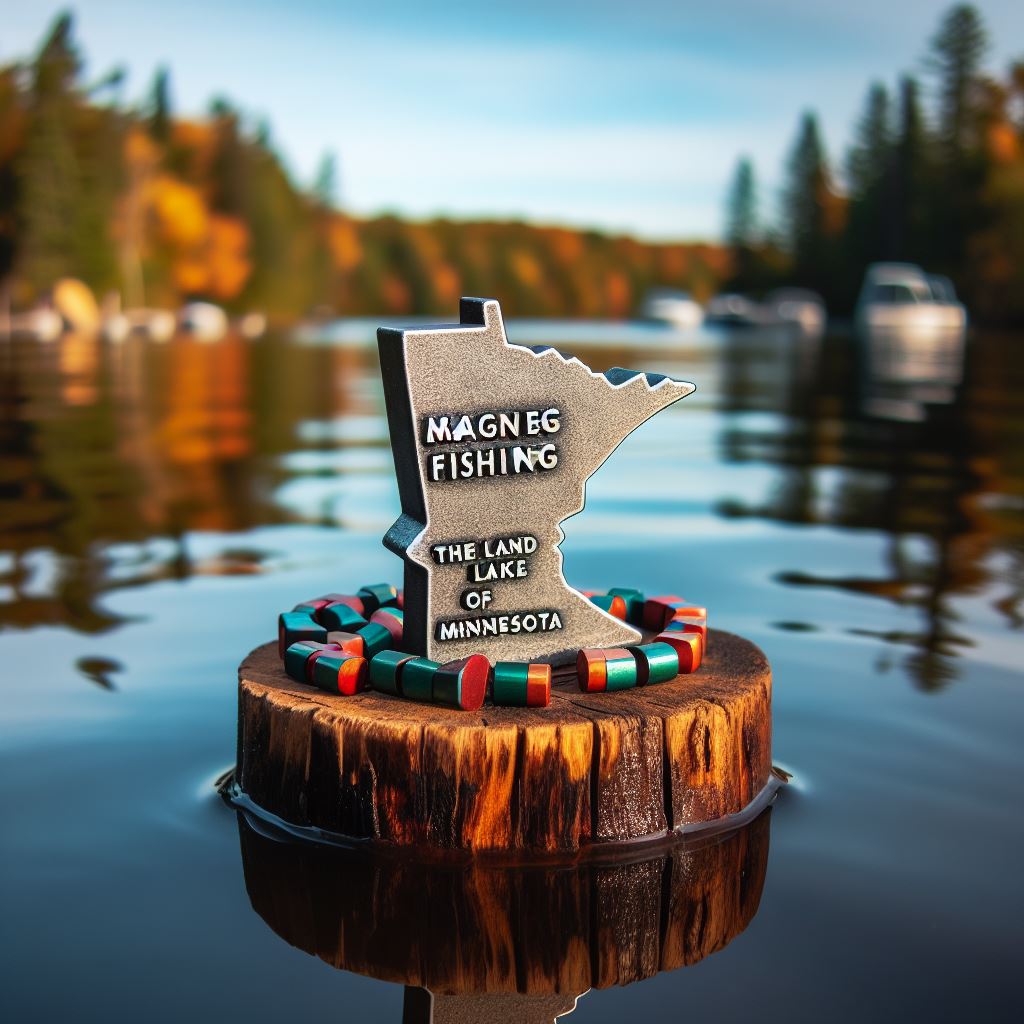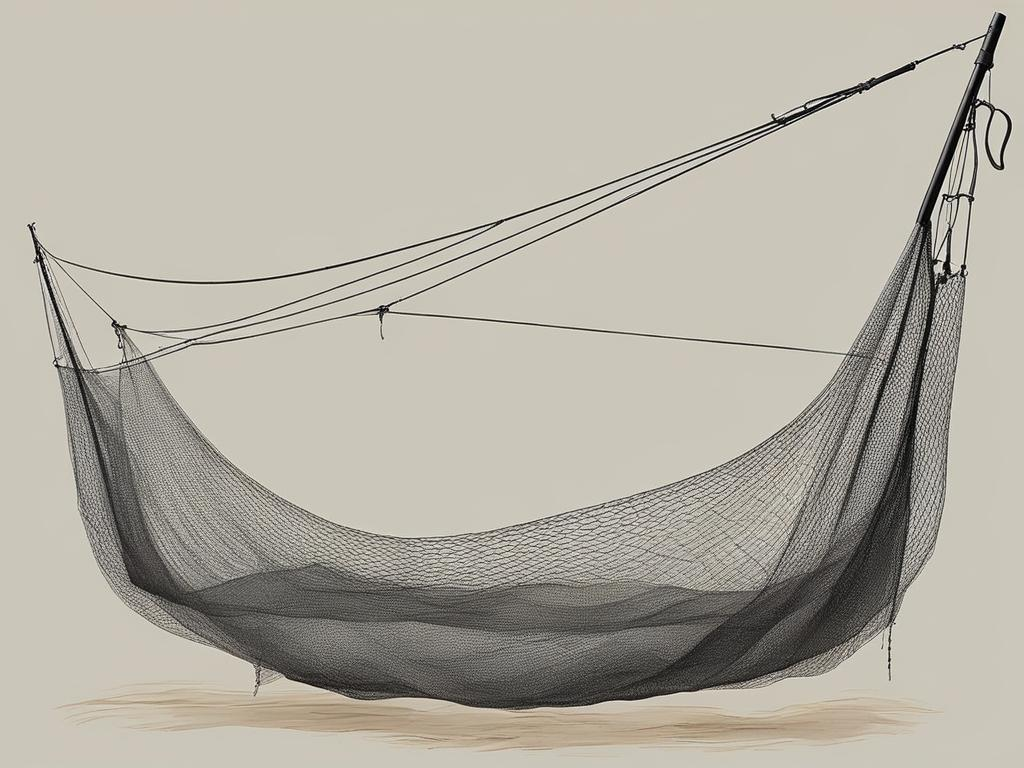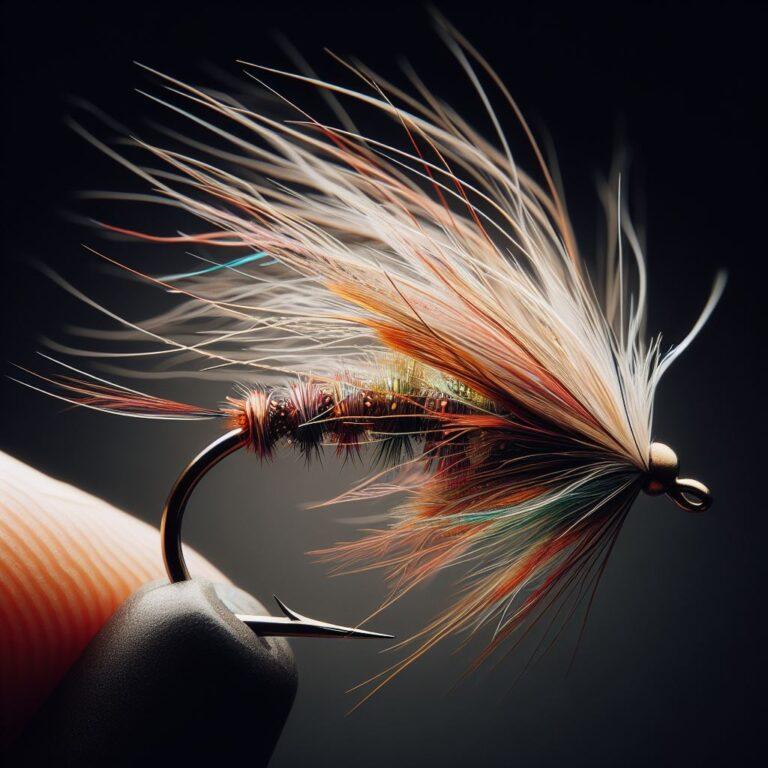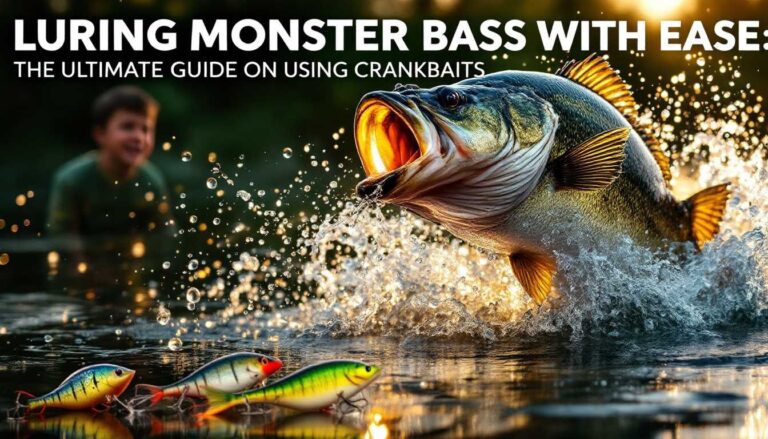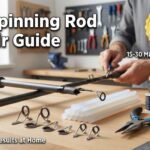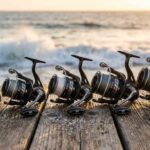Crab fishing is a vital source of income for many coastal communities worldwide, generating billions of dollars annually. However, the harsh conditions and inherent risks associated with this occupation have resulted in significant injuries and fatalities over the years.
According to a report by the National Institute for Occupational Safety and Health (NIOSH), crab fishing has one of the highest fatality rates among all commercial fisheries in the United States.
In 2018, the number of deaths due to crab fishing accidents reached an all-time high of 35. Therefore, understanding the common risks associated with this profession and implementing preventative measures is crucial for the workers’ safety.
Statistics on Crab Fishing Accidents
In the last decade, there have been over 200 fatalities resulting from crab fishing accidents in the United States alone. These numbers exclude other countries that experience high death rates due to this occupation.
In addition to fatalities, countless injuries and illnesses occur each year, ranging from cuts, bruises, and lacerations to more severe cases of drowning, hypothermia, and equipment failure.
Importance of understanding the dangers
The risks associated with crab fishing are not always immediately apparent, making it essential for workers to be aware of them. By understanding the potential hazards, they can take appropriate steps to minimize their exposure and prevent accidents.
This article aims to provide a comprehensive overview of the common risks associated with crab fishing and recommended preventative measures that can help ensure the safety of those working in this industry.
I. Common Risks Associated with Crab Fishing
A. Harsh Weather Conditions
Crab fishing is typically carried out in the harshest and most unpredictable weather conditions, making it dangerous. The following are some of the most common risks associated with harsh weather:
High winds and waves
High winds and waves pose a significant risk to crab fishermen as they can capsize boats, cause them to drift off course or lose control, and even lead to hypothermia due to exposure. According to NIOSH, high winds and waves were responsible for 40% of fatalities in the commercial fishing industry between 2013-2017.
Cold temperatures
Crab fishermen are often exposed to extreme cold temperatures, which can result in hypothermia or other illnesses such as frostbite. According to the Occupational Safety and Health Administration (OSHA), prolonged exposure to cold temperatures can cause muscle weakness, confusion, and even unconsciousness.
B. Drowning and Hypothermia
Drowning and hypothermia are two of the most significant risks associated with crab fishing. The following are some of how these hazards can occur:
Falls overboard or into pots
Falls overboard or into pots are common during trap retrieval, gear maintenance, or deck work. According to OSHA, falls overboard accounted for 23% of fatalities in the commercial fishing industry between 2013-2017. In addition, being trapped inside a crab pot can result in hypothermia due to exposure and lack of resources for survival.
Entanglement in gear
Entanglement in gear is another significant risk associated with crab fishing. Traps, lines, and other equipment can become tangled or caught on underwater obstacles, leading to entanglement and drowning. According to NIOSH, gear entanglement accounted for 20% of fatalities in the commercial fishing industry between 2013-2017.
C. Equipment Failure
Equipment failure is a common risk associated with crab fishing due to the harsh conditions and constant wear and tear on equipment. The following are some of how equipment failure can occur:
Faulty buoys
In crab fishing, faulty buoys are a common hazard that can result in significant losses for fishermen. A buoy is an important tool crab fishermen use to mark their fishing grounds and locate their traps. However, if the buoy becomes loose or detached from its mooring, it can drift away and become lost at sea. This can lead to several problems, including:
Loss of Gear – If a buoy drifts away, it can take with it all the gear attached to it, including traps, lines, and hooks. This can be extremely costly for fishermen, who must purchase new gear or try to recover the lost gear if possible. In some cases, recovery efforts may not be successful, leading to significant losses for the fishermen.
Increased Fuel Consumption – When a buoy goes missing, fishermen must spend more time and fuel searching for their gear. This can lead to increased fuel consumption and higher operating costs for the fishermen. In addition, if the lost gear is not recovered, this can result in additional expenses for purchasing new gear.
To prevent these losses, crab fishermen should ensure that their buoys are properly installed and maintained. They should check the mooring lines regularly to ensure they are secure and inspect their buoys for damage or wear before deploying them. In addition, fishermen can use GPS technology to track their gear and ensure that it is not lost at sea.
III. Preparation and Training for Crab Fishing
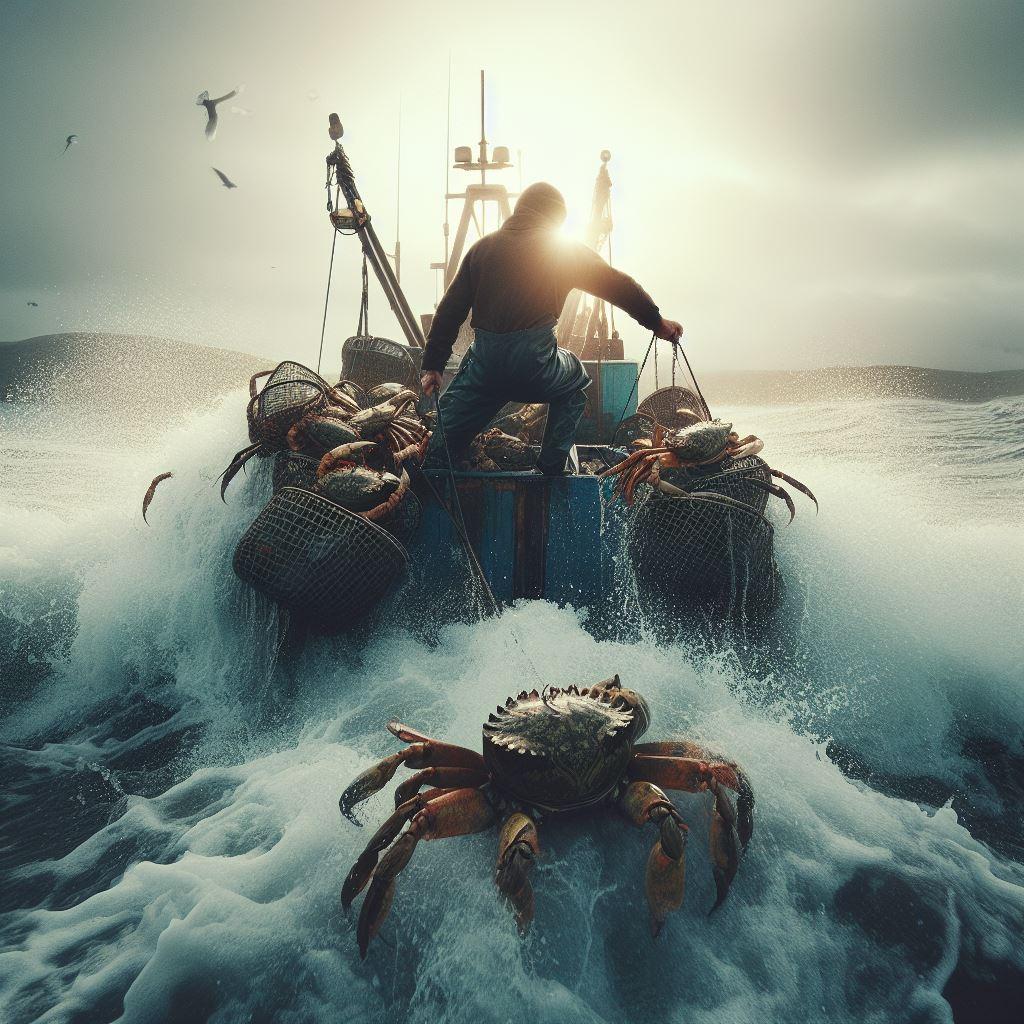
A. Safety Equipment
Crab fishermen must have access to appropriate safety equipment to prevent accidents and minimize injuries in an emergency. The following are some essential safety equipment items:
Personal flotation devices (PFDs)
PFDs are essential for preventing drowning, particularly during trap retrieval or when working on deck. According to OSHA, wearing a PFD can reduce the risk of death by 96%. Fishermen should ensure their PFDs are properly fitted and maintained regularly.
Emergency rescue equipment
Emergency rescue equipment such as life rafts, EPIRBs (emergency position indicating radio beacons), and signal mirrors can help fishermen in an emergency. These items should be easily accessible and checked regularly to ensure they are in good working condition.
B. Weather Monitoring Systems
Weather monitoring systems such as radar, satellite imagery, and local weather reports can help crab fishermen prepare for harsh weather conditions. By staying informed about changing weather patterns, fishermen can adjust their plans accordingly and avoid dangerous situations whenever possible.
C. Communication Devices
Communication devices such as VHF radios, cell phones, and satellite phones are essential for maintaining contact with the shore or other boats in an emergency. These devices should be properly maintained and checked regularly to ensure they are in good working condition.
IV. Proper Techniques for Handling Gear and Equipment
A. Trap Setting and Retrieval
Crab fishermen must follow proper techniques when setting and retrieving traps to prevent accidents and minimize injuries. The following are some essential techniques:
Using the correct gear and techniques
Fishermen should use appropriate equipment, such as traps with escape panels for crabs and lines and ropes that can handle the weight. Fishermen must follow proper techniques to minimize injuries and prevent accidents during trap retrieval.
This involves using a hook or other appropriate tool to remove traps from the water, avoiding unnecessary movement while on deck, and ensuring that all crew members know their surroundings.
In addition, fishermen should avoid using their hands to retrieve traps, as this can lead to entanglement or injury. Instead, they should use specialized tools such as crab tongs or hooks.
B. Gear Maintenance and Inspection
Gear maintenance and inspection are essential for preventing accidents and minimizing injuries in the crab fishing industry. The following are some essential techniques:
Regular gear inspections
Fishermen should inspect their gear regularly to ensure it is in good working condition. This involves checking for signs of wear or damage and ensuring that all equipment is properly maintained and cleaned regularly.
Use of appropriate tools and techniques
Fishermen should use appropriate tools and techniques when handling gear to prevent accidents and minimize injuries. For example, they should avoid using bare hands when handling sharp objects such as hooks or lines, which can lead to injury. Instead, they should use specialized tools such as gloves or pliers.
V. Recommended Preventative Measures for Crab Fishing
A. Safety Training
Safety training is essential for preventing accidents and minimizing injuries in the crab fishing industry. The following are some recommended preventative measures:
Providing safety training to all crew members
Fishermen should provide safety training to all crew members, including new hires and seasoned veterans. This will ensure that everyone on board knows safety protocols and procedures and proper techniques for handling gear and equipment.
Regular safety drills
Regular safety drills can help fishermen prepare for emergencies and prevent accidents from occurring. These drills should cover man-overboard response, firefighting procedures, and emergency evacuation.
B. Communication Protocols
Clear communication protocols are essential for preventing accidents and minimizing injuries in the crab fishing industry. The following are some recommended preventative measures:
Regular communication between crew members
Crew members should maintain regular communication to ensure everyone knows their surroundings and potential hazards. This can help prevent accidents caused by a lack of awareness or communication breakdowns.
Communication devices for emergency response
Fishermen should have access to appropriate communication devices for emergency response, including VHF radios, cell phones, and satellite phones. These devices should be properly maintained and checked regularly to ensure they are in good working condition.
C. Emergency Response Plans
Emergency response plans are essential for preventing accidents and minimizing injuries in the crab fishing industry. The following are some recommended preventative measures:
Developing emergency response plans
Fishermen should develop emergency response plans that cover topics such as man overboard response, firefighting procedures, and emergency evacuation. These plans should be reviewed regularly and updated to ensure they remain effective.
Regular drills for emergency response
Regular drills for emergency response can help fishermen prepare for emergencies and prevent accidents from occurring. These drills should cover man-overboard response, firefighting procedures, and emergency evacuation.
How can Responsible Fishing Practices Help Make Crab Fishing Safer?
The importance of responsible fishing practices cannot be understated when it comes to making crab fishing safer. By adhering to sustainable crab fishing methods, such as using escape rings to prevent overfishing and minimizing bycatch, fishermen can safeguard crab populations and ensure a more sustainable and safe future for their industry.
VI. Conclusion
In conclusion, the risks associated with crab fishing are numerous and varied. By understanding these potential hazards, fishermen can take appropriate steps to minimize their exposure and prevent accidents from occurring.
This article has provided a comprehensive overview of the common risks associated with crab fishing and recommended preventative measures that can help ensure the safety of those working in this industry.
With proper training, equipment, and communication protocols, fishermen can reduce the risk of accidents and minimize injuries, making crab fishing a safer and more reward

